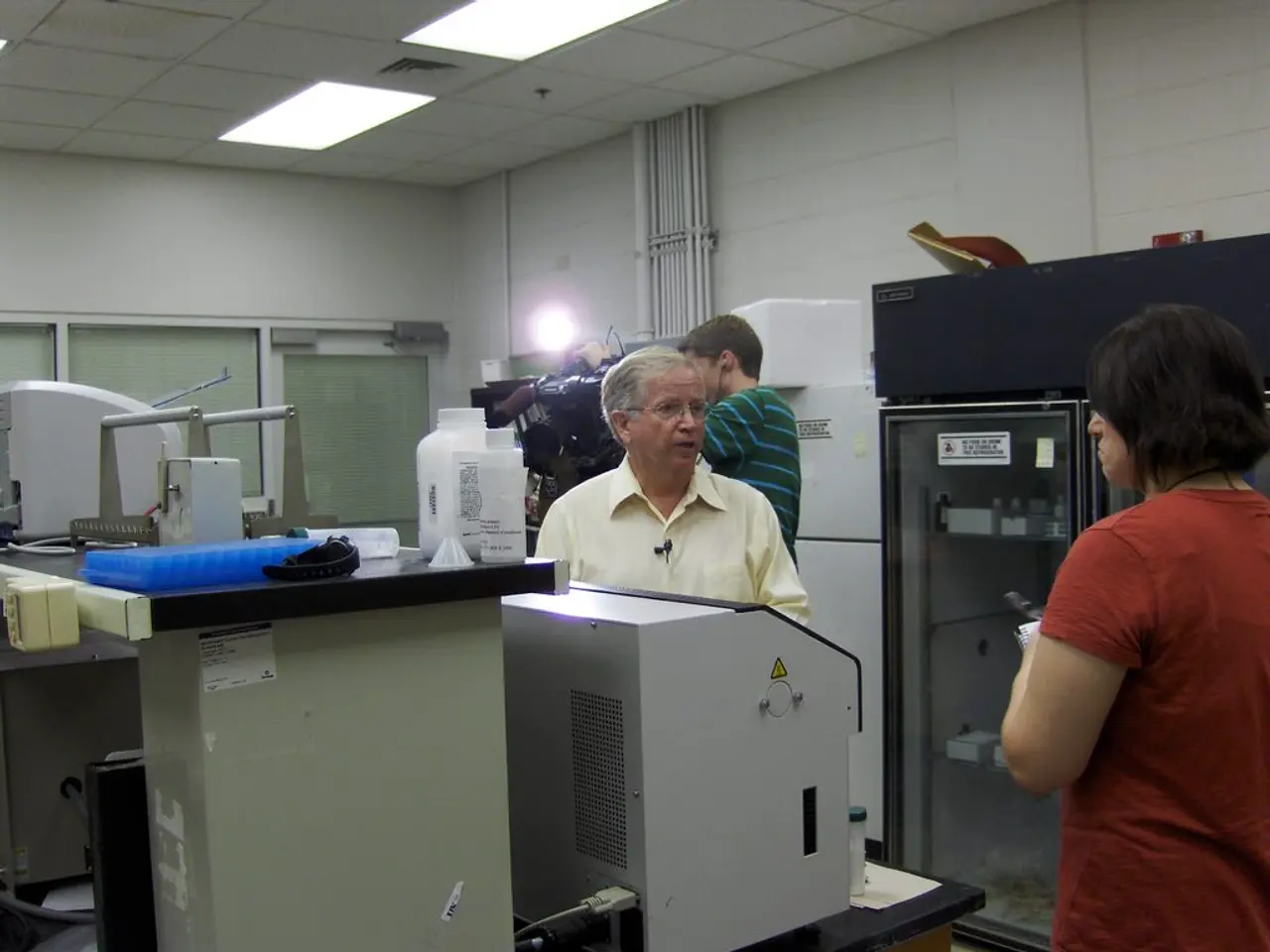Extract Frames Utilizing OpenCV with Python: A Code-Based Solution
In the realm of video editing, OpenCV (Open Source Computer Vision Library) offers a plethora of functions that can be harnessed to perform various operations on videos. One such operation is reversing a video, which can be achieved in a straightforward manner using Python and OpenCV.
To reverse a video frame by frame, you first need to read all frames from the original video and store them in a list. This is done by using the function to read a video in .mp4 format, and iterating through the frames until the end of the video is reached.
```python import cv2
cap = cv2.VideoCapture('input_video.mp4')
frames = []
while True: ret, frame = cap.read() if not ret: break frames.append(frame) cap.release() ```
Once you have the list of frames, you can reverse the order of these frames. This can be done using Python’s function or .
After reversing the frames, you can create a object with properties that match the original video (frame size, fps, codec).
```python
height, width = frames[0].shape[:2] fps = cap.get(cv2.CAP_PROP_FPS)
fourcc = cv2.VideoWriter_fourcc(*'mp4v') # or 'XVID', 'MJPG', etc. out = cv2.VideoWriter('reversed_video.mp4', fourcc, fps, (width, height)) ```
Finally, you can write the reversed frames to the output file using the method.
```python
for frame in reversed(frames): out.write(frame) out.release() ```
It's essential to release both and objects to free resources after the processing is complete.
If the video is very large, storing all frames in memory can be inefficient. For such cases, alternative methods such as reading frames backward by manipulating frame indices with can be employed, but reading frames in sequence and reversing afterward is the straightforward and most common method.
OpenCV is a powerful library that offers numerous video editing functions, making it an ideal choice for video manipulation tasks. With its straightforward API, you can easily perform operations such as reversing videos or cropping videos on individual frames. Additionally, each frame can be saved individually using the function, and the processed frames can be written back to a video file using the object.
In the context of data and cloud computing, trie data structures can be utilized to efficiently process large amounts of video data. Trie technology helps in indexing and querying video data by breaking it down into smaller parts and identifying common patterns.
By using a trie data structure, operations on videos such as video searching and keyframe extraction can be executed swiftly, thanks to the increased efficiency and reduced complexity offered by this data structure compared to linear search methods.




